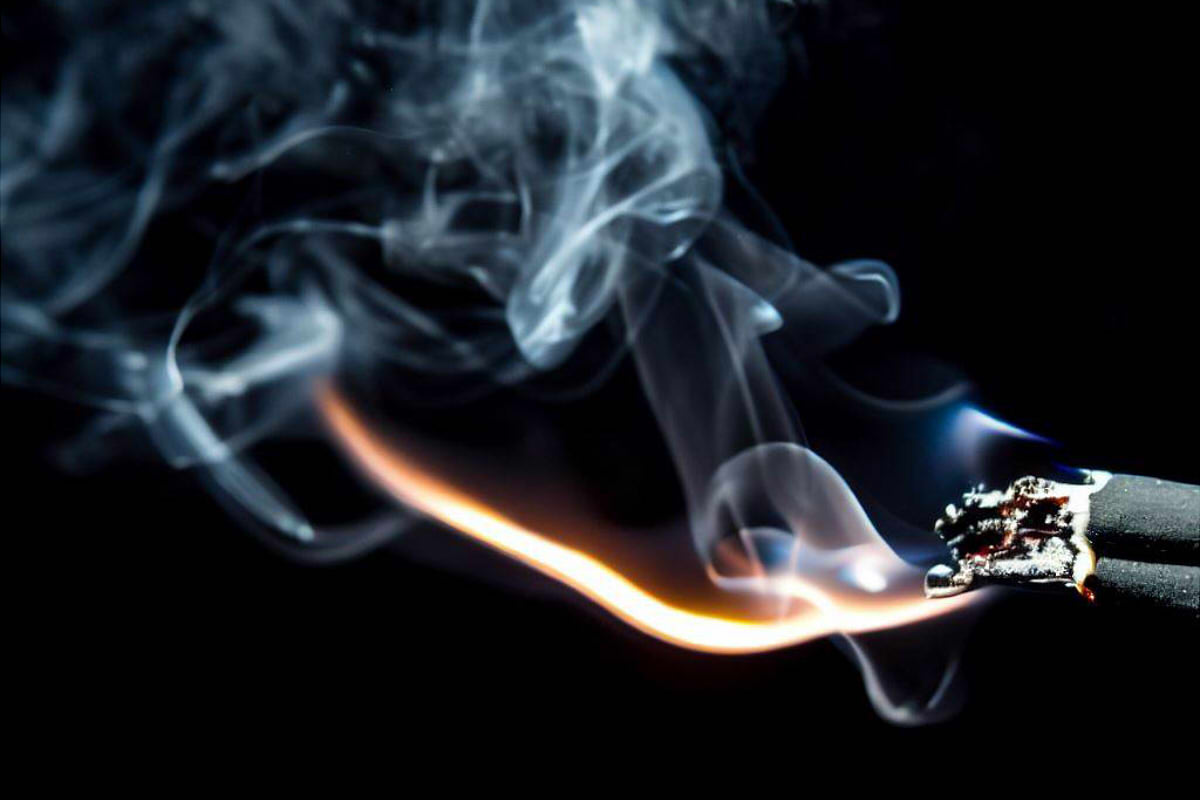In the cable industry, safety and efficiency are key aspects to be considered. The need to prevent fires and reduce the risks associated with burning cables has prompted the search for innovative solutions.. In this article, we will explore the principles and development of safety fire retardant cables, that are designed to resist the spread of fire and minimize the emission of smoke and toxic substances. Through chemical and physical methods, significant advances have been made in creating safer and more reliable cables.
Principles of Fireproof Cables
Fire retardant cables are designed and manufactured with the intention of resisting and limiting the spread of fire.. To better understand the principles behind these specific special cables, It is important to examine how combustion occurs in conventional cables and how these challenges are addressed through chemical and physical methods.
Combustion of Conventional Cables
In conventional cables, like those made of polyethylene (PE) o PVC (polyvinyl chloride), There is a continuous combustion cycle once they are ignited.. These materials have relatively low melting and decomposition points., meaning they can melt and decompose at moderate temperatures. For example, PE melts at a temperature of 100°C to 140°C and decomposes at temperatures above 300°C. During the combustion of PE, The temperature can reach 1500°C, releasing a large amount of heat.
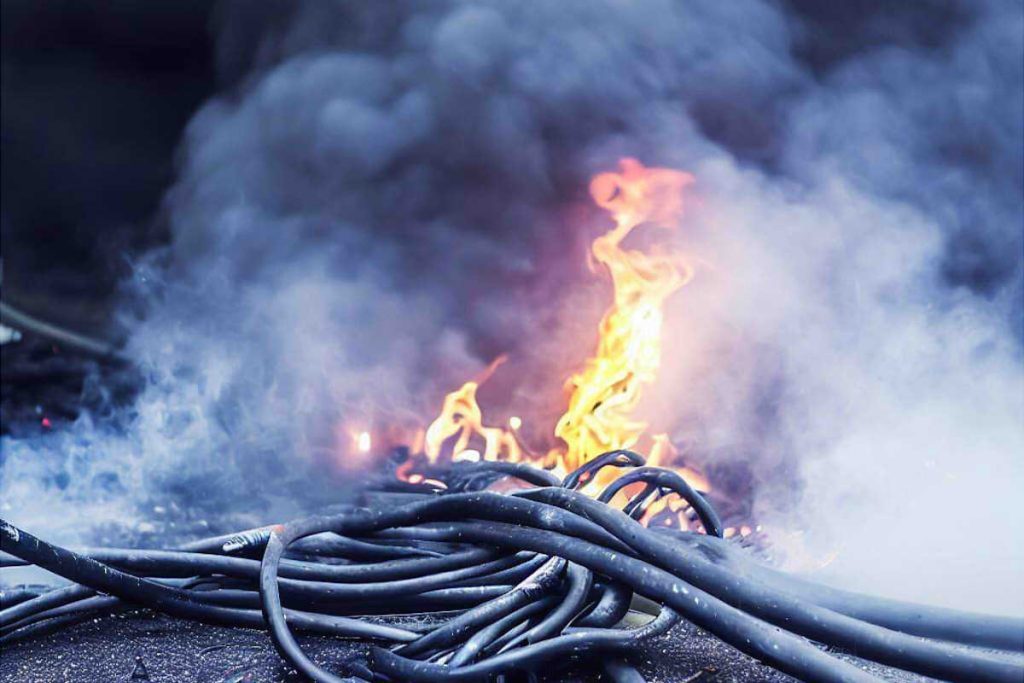
This continuous combustion cycle is problematic, since the amount of heat released during combustion is much greater than that required for the fusion and decomposition of the cable. This leads to rapid fire spread and the generation of toxic smoke and corrosive substances..
Chemical Methods for Flame Retardation
The chemical methods used in fireproof electrical cables involve the use of compounds that act as flame retardants. These compounds, like halogens, capture highly reactive free radicals (OH) that dominate the combustion reactions. By capturing these free radicals, Halogenated compounds interrupt the combustion cycle and slow the spread of fire.
Nevertheless, Flame retardants containing chlorine and bromine can release corrosive and irritating gases during combustion. As technology has evolved, more attention has been paid to reducing the emission of toxic and corrosive gases, which has led to the development of more advanced and less environmentally harmful flame retardants.
Physical Methods for Flame Retardation
In addition to chemical methods, Flame retardant cables also use physical methods to achieve flame retardancy. One of these methods involves the formation of a carbonized layer on the surface of the cable during combustion.. This carbonized layer acts as a thermal insulator and makes it difficult for oxygen to diffuse into the decomposition gases., which slows the spread of fire.
Another physical method involves reducing the combustion temperature through endothermic reactions.. For example, hydrated metal compounds are used, As the aluminum hydroxide and magnesium hydroxide, that undergo an endothermic dehydration reaction near their decomposition temperature. This reaction releases water and cools the system, which has a flame retardant effect by reducing the combustion temperature.
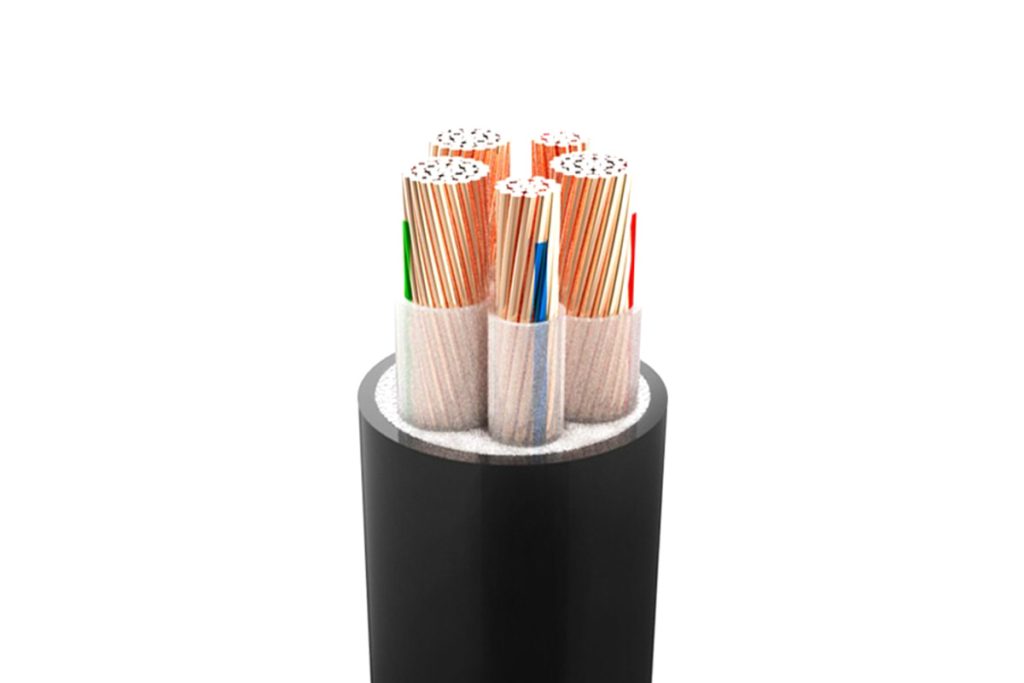
Development of Fireproof Cables
In response to demands for safety and environmental protection, Research and development efforts have focused on creating low-smoke, flame-retardant cables., low toxicity and halogen-free. These technological innovations have revolutionized the cable industry, and its application extends to various critical environments.
Low Smoke Emission and Toxicity
Low smoke and low toxicity flame retardant cables are especially suitable for buildings where people's safety is of vital importance. Hospitals, apartments and large warehouses benefit from cables that minimize the emission of smoke and toxic gases during a fire. Besides, areas with important equipment and instruments, like power plants and factories, benefit from cables that guarantee optimal visibility during emergency situations.
Halogen Free
Los halogen-free cables They offer a safer and more environmentally friendly alternative. The presence of halogens in PVC cables suppresses combustion, but can also generate corrosive and irritating gases during a fire. By eliminating halogens from the composition of the cables, the emission of toxic substances is reduced and the safety of people in critical environments is improved.
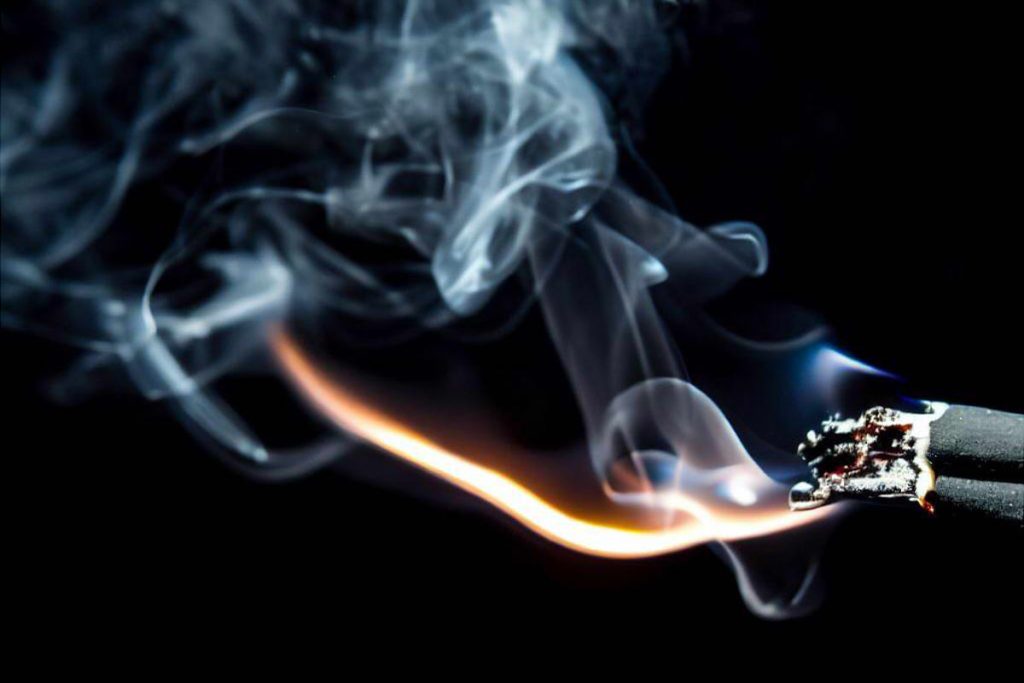
Applications and Benefits of Fireproof Cables
Flame retardant cables have found applications in a wide range of environments requiring high safety standards. These technological innovations offer significant benefits in terms of fire protection, efficiency and regulatory compliance.
Commercial and Residential Environments
In commercial and residential buildings, The installation of fireproof cables ensures the safety of occupants and minimizes damage caused by fires. Hospitals, Apartments and large warehouses benefit from low-smoke, low-toxic cables that improve visibility and reduce exposure to toxic substances.
Energy and Manufacturing Industry
In the energy and manufacturing industry, where fire risks are significant, fireproof cables play a crucial role in fire prevention and containment. power plants, Factories and submarines require cables that withstand adverse conditions and minimize the spread of fire in critical situations..
High Security and Emergency Environments
Applications in high security environments, like mines, underground railways, nuclear plants and offshore oil platforms, demand fireproof safety cables that meet extremely strict standards. Besides, highly guarded areas, as control centers, military installations and alarm systems, benefit from reliable cables that ensure safety in emergency situations.
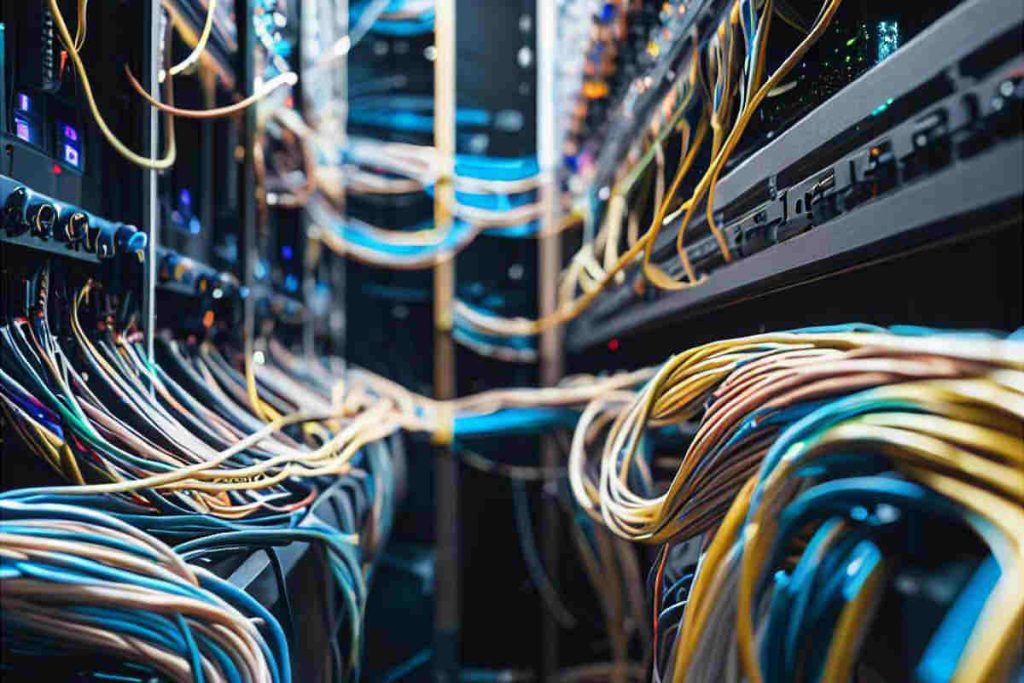
Conclusion
Advances in the principles and development of flame retardant cables have led to significant improvements in the safety and efficiency of various environments.. By using chemical and physical methods, it has been possible to interrupt the combustion cycle and reduce the emission of smoke and toxic substances. Los flame retardant low emission cables of smoke, low toxicity and halogen-free have become the preferred choice in critical environments where safety is paramount.
These technological innovations not only protect lives, but also guarantee an efficient and effective response in emergency situations. As awareness of fire safety and environmental protection continues to grow, Demand for fireproof cables is expected to continue increasing, further promoting research and development in this area.

